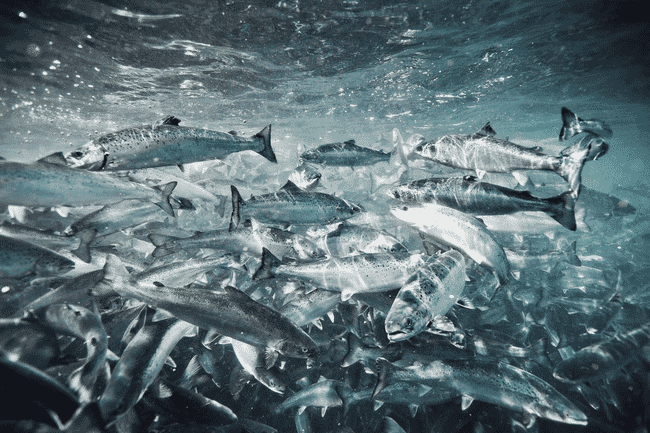
Driven by an increase in wild-catch volumes, the total supply of salmonids, including small trout, increased by 7 percent year-over-year to 5.2 million tonnes in 2023, according to Kontali – a seafood data and analytics specialist. The boom experienced by the wild salmonid sector was primarily driven by a significant increase in the pink salmon harvest, which reached 690,000 tonnes, up 169 percent year-over-year.
In contrast, the global farmed salmonid supply experienced a slight decrease of 0.8 percent year-over-year. Kontali's research indicates that the top 15 salmon-farming companies accounted for 66 percent of global salmon-farming harvest volumes in 2023. Salmon industry giant MOWI maintained its position as the largest player, holding a 15 percent share of total farmed salmonid volumes, unchanged from 2022.
“The challenges of 2023 are hanging over the industry and impacting 2024. Despite efforts to address these issues, 2024 began with low biomass, and the limited growth from 2023 further reduces harvest potential this year. While land-based production has shown promise, it is still in its early stages and hasn't significantly impacted global salmon production,” said Filip Szczesny, Kontali senior analyst, in a press release.
In the farmed Atlantic salmon sector, harvest volumes decreased for the second consecutive year, dropping by 2 percent to 2.79 million tonnes in 2023. Norway, the largest producer of Atlantic salmon, saw a 2.5 percent decline to 1.48 million tonnes whilst Canada experienced the greatest production decline, falling by 17 percent compared to the previous year. In contrast, Chile increased its Atlantic salmon production by 2 percent to 760,000 tonnes.
The global production of farmed coho salmon production also surged by an impressive 18 percent year-over-year to 309,000 tonnes, driven by a substantial increase in Chile.




